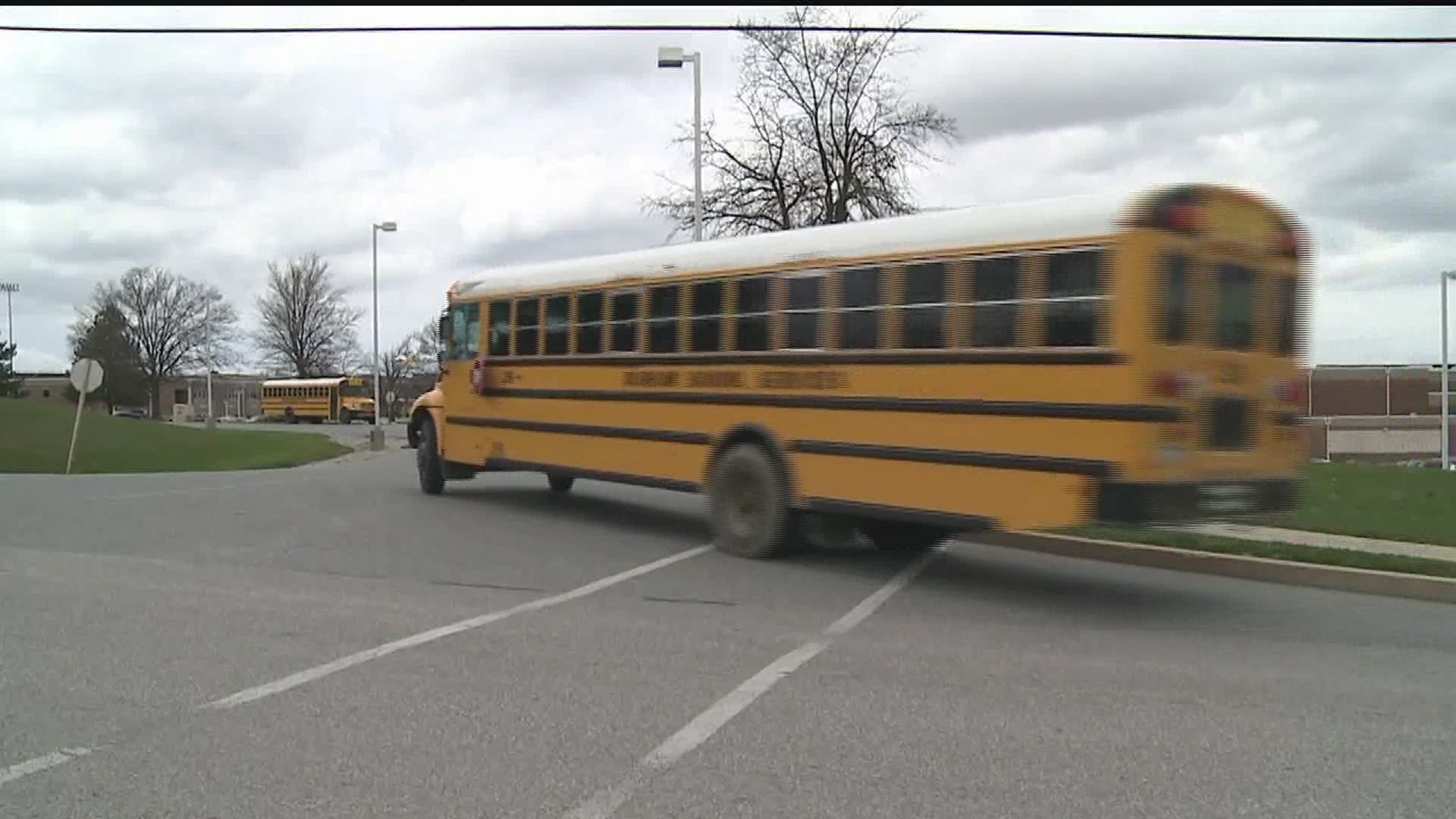Will students physically return to class?
The answer will lie in what district each child attends.
In Pennsylvania, individual districts are laying out personalized plans to be approved by the school board and then sent to the Pennsylvania Department of Education.
But as schools work to meet the needs of the pandemic and implement health restrictions, groups such as the Pennsylvania State Education Association are asking the U.S. Congress for $175 billion nationwide to help schools struggling with funding setbacks.
"One of our concerns is right now many school districts are facing revenue shortfalls because of the economic impacts of the pandemic. And, the last thing that we need to have happen now is for there to be layoffs, reductions in school staff. We need all hands on deck," said Chris Lilienthal, a PSEA spokesperson. "We need our teachers to avoid overcrowded classrooms. We need counselors and nurses. So, it's really important for Congress to approve emergency federal funding so that all of our schools have those resources."
Lilienthal said PSEA also sent a letter to Governor Tom Wolf requesting that each school that physically returns this fall has a contingency plan in place for cyber learning in case COVID-19 cases would force students to stay home.
"Our position is that, well, let me put it this way: our members really want to be back in the classroom with students. They missed seeing their students so much in the spring," said Lilienthal. But, he later added, "the key question here is will it be safe for everyone to return?"
The Pennsylvania State Education Association said it has been working closely with the state for months in the planning of school reopenings. It said many of the guidelines the state issued Thursday to educators are similar to recommendations PSEA supported. PSEA added, school plans need to be informed by good data and good science and based on expert opinions.
"To reopen our schools safely we absolutely need to have resources and staff in place to be able to carry out these new safety protocols and manage this new normal we all are experiencing," said Lilienthal.
The state recommendations include the following:
- Masks must be worn by students and staff at school and on the bus as required by the order signed by Sec. of Health Dr. Levine on July 1, with some exceptions. Masks can be removed to eat or drink.
- Students or caregivers should do a daily symptom screening before leaving for school.
- Students, teachers and other staff are strongly encouraged to follow social distancing throughout the day with 6 feet of separation between desks and other seating.
- If possible, hold classes in gyms, auditoriums, other large spaces or outdoors, where physical distancing can be maintained.
- Student seating should be facing in the same direction.
- Limit student interactions by staggering class times, creating one-way walking patterns in hallways, and, when feasible, keeping students in a classroom and rotating teachers instead.
- For breakfast and lunch, consider serving individually packaged meals in classrooms and avoid across-the-table seating. If meals are served in a cafeteria, sit students at least 6 feet apart.
- Limit the number of students on playgrounds at one time and encourage social distancing.
- Encourage the use of virtual gatherings, events, and extracurricular activities.

